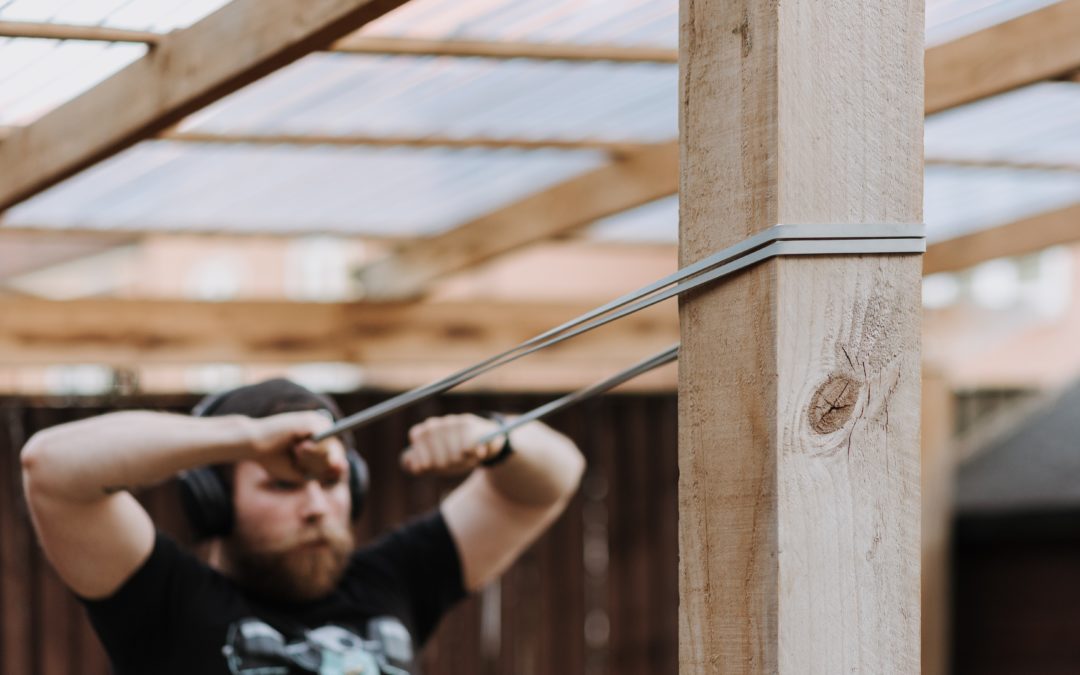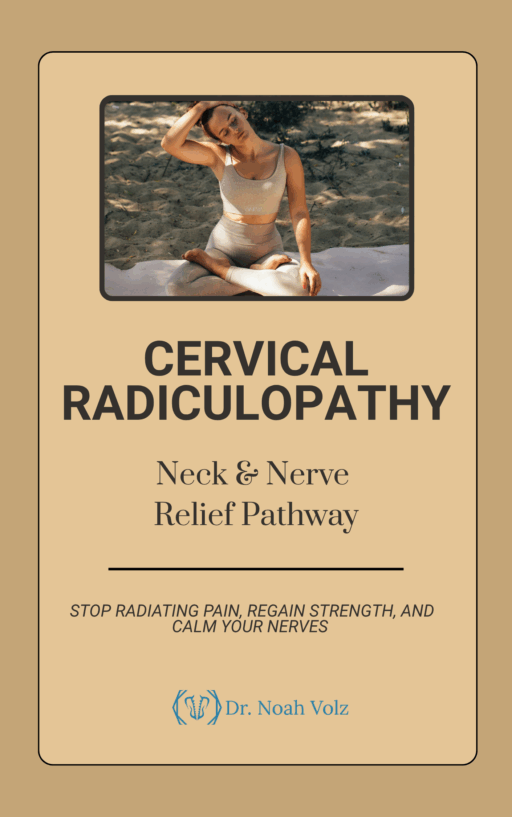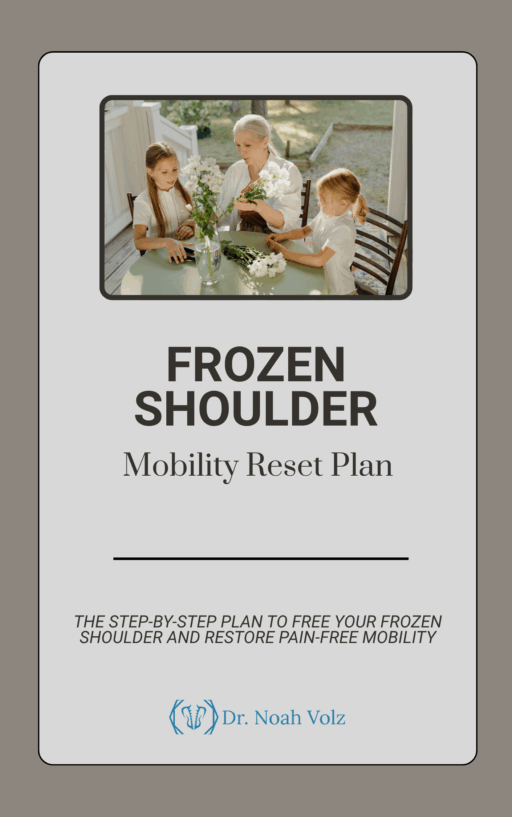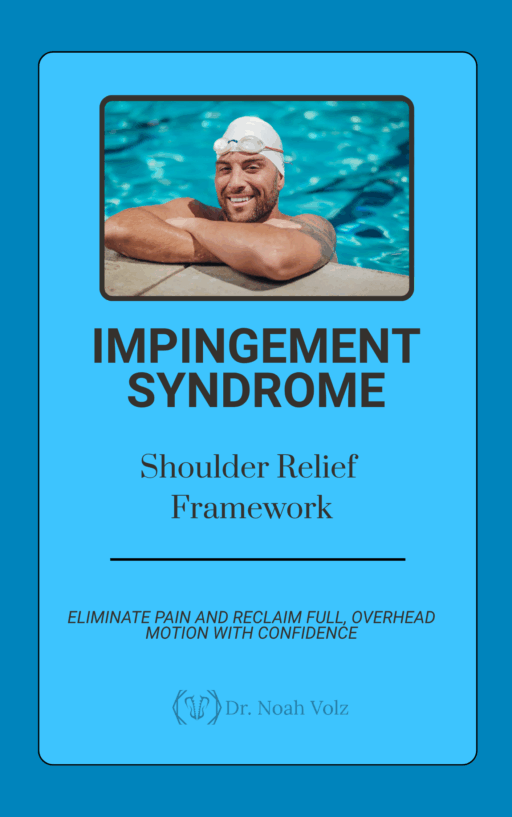Injury to the long thoracic nerve is rare, but it can happen. This nerve originates from 5th and 6th vertebrae of the neck. The branches that leave the spinal cord at these levels join together and then emerge from between the middle and anterior scalene muscles. These branches then unite with a branch coming out of the 7th vertebrae of the neck and continues its journey into the armpit in order to innervate the serratus anterior muscle. (1) This muscles job is to stabilize the shoulder blade and to bring the shoulder blade forward. When this nerve is injured the serratus anterior muscle can’t do its job leading to scapular winging and shoulder instability.
Causes of long thoracic neuropathy
There are a few sites where the long thoracic nerve could be entrapped that would lead to compromised functioning of the serratus anterior muscle. The most common site is where the nerve goes between the middle and anterior scalene muscles. Sometimes the nerve pierces the middle scalene and tightness in this muscle can cause compression. Sometimes there are unidentified causes of compression of the nerve at this location. (2-4)
Another possible cause of injury is blunt trauma to the nerve. This could be from a traumatic incident, but it is more likely to come from movements that cause repetitive traction or compression on the nerve. (5) This type of injury is caused by athletic activities that require scalene activation. The movement pattern that has been identified is turning the head in the opposite direction of the raised arm. This movement appears to stretch the long thoracic nerve and repetitively doing this movement can damage the nerve. More sever causes of neuropathy can occur after surgery, with polio, with brachial neuritis, or with radiation therapy. (5)
Common symptoms of long thoracic neuropathy
The most common symptoms are arm pain and rapid fatigue of the arm. When long thoracic neuropathy is really bad it is called palsy. Long thoracic nerve palsy causes weakness or instability in the shoulder that is felt when pushing, pulling or lifting. It is especially bad when the arm is raised overhead. You may not even be able to raise your arm beyond 90 degrees. Usually, damage occurs following a strenuous upper body workout. (6)
How to evaluate long thoracic neuropathy
Visual inspection of the shoulder blade will show winging of the shoulder blade. (7) Pressure applied just above the collarbone will cause discomfort. Pain is increased when the head is rotated to one direction and the shoulder is raised overhead on the opposite side. EMG is necessary in order to provide a definitive diagnosis. (7)
Upper cervical chiropractic for long thoracic neuropathy
Often individuals with this condition will not be diagnosed for years. Some will recover spontaneously and others will fail to respond to any treatment. Usually with chiropractic and massage you will have improvement within the first six months. Nerve flossing can also be used in order to help heal the injury. Myofascial release of the scalenes can speed up recovery.
This is a challenging condition to treat and so sometimes surgery may need to be considered. If your symptoms persist for longer than six months then a nerve release may be needed. Or if you have had this condition for longer than 10 years you may want to consider stabilization surgery. (8)
Exercises to help heal long thoracic neuropathy
Conclusion
If long thoracic neuropathy is a part of your life and you are looking for an answer then I can help. I can help figure out what the cause of the long thoracic nerve injury is. Use chiropractic adjustments and massage to get you out of pain and teach you the exercises you will need in order to build a resilient shoulder that is immune to pain. If you are ready to try this approach schedule with me today. Still looking for more information? Check out my eBook on Chronic Neck Pain.
References
1. Yarar F. et al. The long thoracic nerve: Its origin, branches, and relationship to the middle scalene muscle. Clin Anat 2009 May;22(4):476-80.
2. Chavez JP. Pectoralis minor transplant for paralysis of the ser-ratus anterior. J Bone Joint Surg 1951;33:228—30.
3. Connor PM, Yamaguchi K, Manifold SG, Pollock RG, Flatow EL,Bigliani LU. Split pectoralis major transfer for serratus anteriorpalsy. Clin Orthop Relat Res 1997;341:134—42.
4. Herzmark MH. Traumatic paralysis of the serratus anteriorrelieved by transplantation of the rhomboidei. J Bone JointSurg 1951;33A:235—8.
5. Perlmutter GS, Leffert RD. Results of transfer of the pectoralismajor tendon to treat paralysis of the serratus anterior muscle.J Bone Joint Surg 1999;81:377—84.
6. Post M. Pectoralis major transfer for winging of the scapula. JShoulder Elbow Surg 1995;4:1—9.
7. Samter O. Sur le traitement opératoire de la paralysie du granddentelé. J Chir 1930;35:299.
8. Tsairis P, Dyck PJ, Mulder DW. Natural history of brachialplexus neuropathy. Report on 99 patients. Arch Neurol1972;27:109—17.
-

Bicep Tendon Pain Solution
$50.00 -

Brain Detoxification & Recovery System
$50.00 -

Brain Energy and Endurance Support System
$50.00 -

Brain-Based Movement and Motor Control Training
$50.00 -

Centralized Low Back Pain
$50.00 -

Cervical Radiculopathy: Neck and Nerve Relief Pathway
$50.00 -

Complex Low Back Pain
$50.00 -

Complex Radiating Low Back Pain
$50.00 -

Cross-Pattern Low Back Pain
$50.00 -

Frozen Shoulder Mobility Reset Plan
$50.00 -

Impingement Syndrome: Shoulder Relief Framework
$50.00 -

Mastering Brain Senses: Rebuild Your Hearing, Vision, and Body Awareness
$50.00













